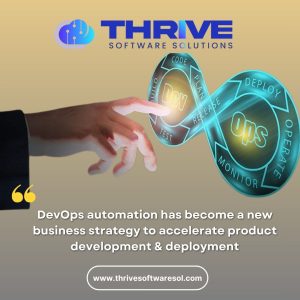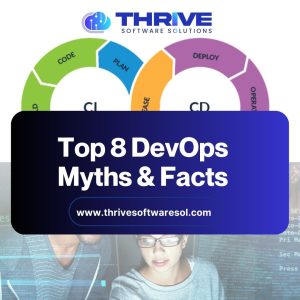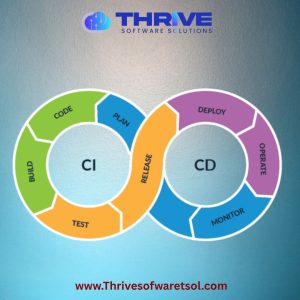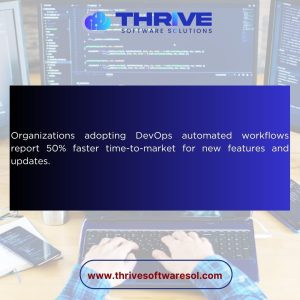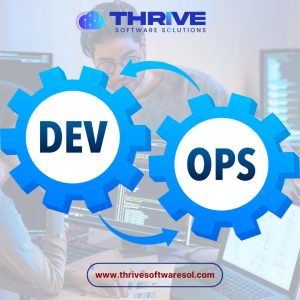Imagine this: your team is ready to launch a new product, but the system crashes—again. Or worse, you’re spending more time patching outdated software than focusing on growth. You’re not alone. Over 40% of businesses report revenue losses due to technology downtime, cloud complexity, and constraints from legacy systems. In 2025, that’s not just a risk—it’s a red flag. This is where cloud migration solutions come in as a quick solution.
Legacy systems once served us well. But in today’s fast-evolving digital landscape, they’ve become more of a roadblock than a resource. Slow performance, high maintenance costs, limited scalability—these outdated infrastructures are costing businesses money, time, and opportunities.
Enter cloud migration solutions: a smarter, future-proof approach to IT infrastructure. Migrating to the cloud doesn’t just solve technical issues—it unlocks agility, improves resilience, and positions your business for long-term growth. In this blog, we’ll explore seven key factors comparing legacy systems and modern cloud systems, and why making the shift in 2025 isn’t just wise—it’s essential.
Learn more about why custom software solutions are needed in 2025.
Legacy Systems vs. Cloud Systems: Why Businesses Must Migrate to the Cloud Migration Solutions
1. Scalability and Flexibility
Legacy Systems:
Traditional systems are typically hosted on-premises and demand substantial hardware investments. Scaling up often means purchasing and configuring new servers, which is time-consuming and costly.
Cloud Systems:
Cloud infrastructure provides on-demand scalability. Whether you need to handle a seasonal traffic spike or expand to a new region, cloud migration solutions enable you to scale resources up or down in minutes—without infrastructure limitations.
2. Cost Efficiency
Legacy Systems:
Maintenance, upgrades, and hardware replacements require ongoing capital expenses. Businesses end up spending a significant portion of their IT budget just to keep systems running.
Cloud Systems:
With cloud migration services, businesses shift from CapEx to OpEx models. You only pay for what you use, reducing waste and freeing up the budget for innovation.
3. Security and Compliance
Legacy Systems:
Outdated systems often lack the latest security protocols, leaving businesses vulnerable to cyber threats. Manual compliance tracking also increases risks of non-compliance.
Cloud Systems:
Cloud providers like AWS, Azure, and Google Cloud invest heavily in enterprise-grade security and compliance certifications. AI-based threat detection, automated updates, and continuous monitoring offer businesses peace of mind.
4. Innovation and Integration
Legacy Systems:
Integration with new technologies like AI, ML, and automation is difficult and often not supported. Legacy software can become a bottleneck for digital transformation.
Cloud Systems:
Cloud environments support API integrations, microservices, and AI-ready platforms—allowing businesses to innovate faster and integrate easily with cutting-edge tools.
5. Business Continuity and Disaster Recovery
Legacy Systems:
Disaster recovery plans are often limited and expensive, relying on off-site backups or physical servers that can take days to restore.
Cloud Systems:
Cloud-based disaster recovery solutions offer automated, rapid data restoration from any location. In 2025, downtime can be the difference between survival and failure—cloud ensures you’re always up and running.
6. Performance and Accessibility
Legacy Systems:
On-premise systems are tied to specific locations and networks, making remote access unreliable. Performance degradation is common with growing data loads.
Cloud Systems:
Cloud migration solutions offer global accessibility with low latency. Employees, customers, and partners can access services from anywhere—boosting collaboration and productivity.
7. Future-Proofing Your Business
Legacy Systems:
They may have served your business well in the past, but they’re not designed for the digital future. Maintenance gets harder, and skilled personnel for outdated systems are becoming scarce.
Cloud Systems:
Cloud platforms are constantly evolving. Providers offer regular updates, enhancements, and AI integrations—keeping your business ahead of the curve without heavy lifting.
Final Thoughts: Make 2025 the Year of Cloud Transformation
The choice is clear: legacy systems belong to the past, while cloud systems define the future of business operations. Cloud migration solutions are no longer optional—they are essential for agility, security, and long-term growth.
Whether you’re a growing startup or an established enterprise, migrating to the cloud offers unmatched advantages in cost, performance, scalability, and resilience. It’s not just about IT—it’s about business success.
✅ Ready to future-proof your operations?
Partner with a cloud solutions company in the USA that understands your industry needs and offers tailored migration strategies that deliver ROI from day one.

